Mali, or the Republic of Mali, is a landlocked country in West Africa, a region that’s geologically identified with the West African Craton. Mali is the eighth biggest country in Africa, with an area that’s just over 1,240,000 square kilometers. Take a look below for 30 more fun and interesting facts about Mali.
1. Mali’s 3 natural land zones include the arid Saharan zone, the semiarid central Sahelian zone, and the southern cultivated Sudanese, where the majority of the country’s population lives.
2. The thermal equator crosses Mali, making it one of the hottest countries in the world. Rainfall is negligible and droughts are frequent.
3. The country is divided into eight large regions and one district, the Bamako Capital District. The regions are Kayes, Koulikoro, Sikasso, Segow, Gao, Mopti, Kindal and Tombouctou, which is also known as Timbuktu.
4. The lowest geographic point in Mali is the Senegal River while the highest point is Mount Hombori Tondo.
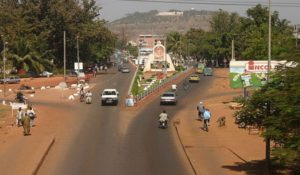
5. The Senegal and Niger Rivers make the south of Mali the country’s most fertile region.
6. The prime meridian marker is located in Gao, Mali. At this spot, you can literally stand on the edge of two different hemispheres at the same time.
7. It’s bordered by Algeria to the northeast, Niger to the east, Burkina Faso and Ivory Coast to the south, Guinea to the south west, and Senegal and Mauritania to the west.
8. Most of the country lies in the southern Sahara Desert, which produces an extremely hot and dust-laden Sudanian savanna zone.
9. The network of protected areas in Mali covers about 8% of the national territory. It’s made up of 4 national parks and other types of protected areas.
10. Mali was the cradle of the Empire of Ghana, West Africa’s very first black empire.
11. Rock paintings found in the region of Gao and Timbuktu suggest that the region of Mali was inhabited even around 50,000 B.C.
12. Timbuktu was an important centre of Islamic learning and trade during medieval times. Some buildings remain from the day and it’s still an important stop for salt caravans.
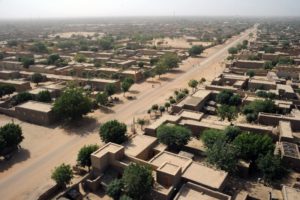
13. Salt was such a valuable commodity that people would trade a pound of gold for a pound of salt. Mali is famous for its salt mine.
14. Senenkunya is a system of joking relations that cuts across distinctions of ethnicity, caste, and clan. When two strangers in Mali meet, the first thing they do is ask each others’ jaamu or clan name, the second thing they do is ritually insult one another.
15. The Grand Mosque in the Malian city of Djenne, described as the biggest clay building in the world, was built in 1204 A.D. It was built on a square plan where each side is 56 metres in length. It has 3 large towers on one side, each with projecting wooden buttresses.
16. In the Malian city of Gao stands the Mausoleum of Askia the Great, which is a 16th century edifice that resembles a step pyramid.
17. The bearded barbet is an African barbet that occurs in Mali. Barbets and toucans are a group of near passerine birds with a worldwide tropical distribution. The barbet’s get their name from the bristles which fringe their heavy bills.
18. The elephant fish Mormyrops oudoti is a freshwater fish that’s only found in Mali.
19. Sundiata, Mali’s Lion King, was the founder and first ruler of the Mali Empire from which the country takes its name. In his reign, from 1235 to 1260, the empire stretched all the way to the western coast of Africa.
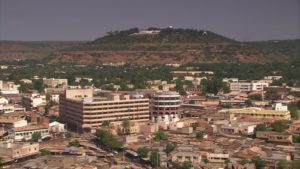
20. When the Malian Empire’s 14th century emperor, Mansa Musa, made his impressive pilgrimage to Mecca, he traveled with over 70,000 people and up to 50 pounds of gold. He built a mosque every Friday on his entire trip.
21. Since the beginning of the 21st century, the northern Mali Tuareg tribes have led multiple military and political rebellions against different incarnations of the Mali central government.
22. The Tuareg MNLA and the ISlamic group Ansar Dine merged in the law few years and declared northern Mali to be the new Islamic state of Azawad. They even opened an embassy of their own in the Netherlands.
23. Mali’s president requested aid from France in 2013 as Islamic fighters captured many of the main northern cities, including the city of Timbuktu, and began destroying many ancient shrines.
24. Gold is mined in Mali’s southern region and generates the third highest total gold production in all of Africa, after South Africa and Ghana.
25. Mali’s economic stability fluctuates with agricultural commodity and gold prices. Cotton, the country’s annual harvest, and gold exports represent 80% of Mali’s earnings.
26. Mali’s total population is expected to double by 2035. The Malian capital of Bamako is one of the fastest growing cities in Africa.
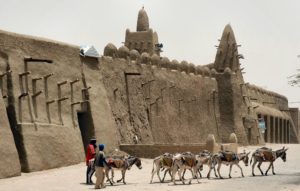
27. The average birth rate of six children per Mali woman is the third highest in the world.
28. Since the early 1990s, Mali’s role as a transit country for regional migration flows has grown and now funnels illegal migrants to Europe as well.
29. Malians frequently participate in traditional ceremonies, dances and festivals. The country has many unique musical traditions.
30. Dance has an important role in Mali. Ceremonial events are celebrated with traditional mask dances. The Dogon people of central Mali have more than 75 different ritual masks.

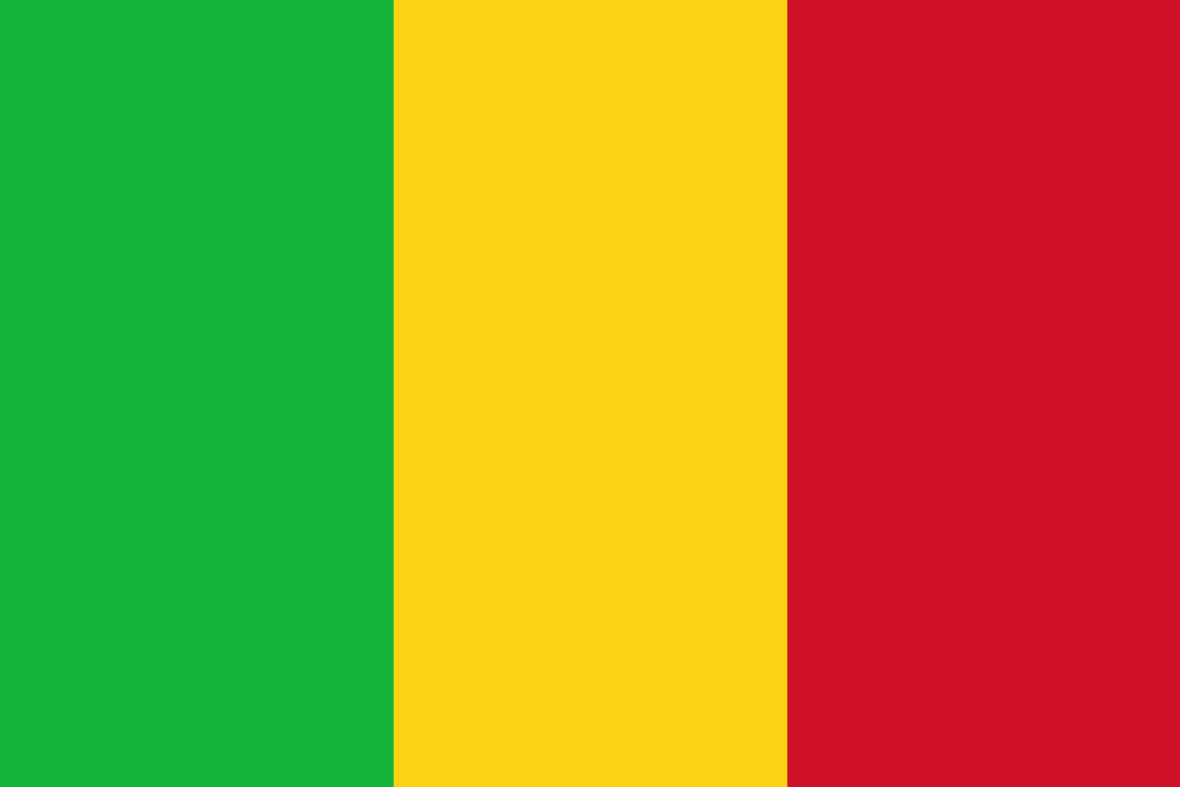
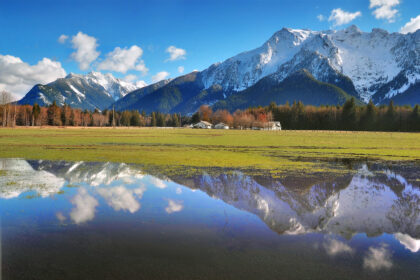
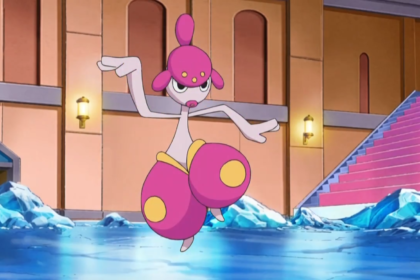
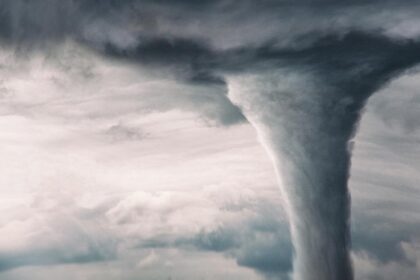
2 Comments
Pingback:
February 3, 2018 at 7:15 pmPingback:
February 6, 2018 at 5:59 pm